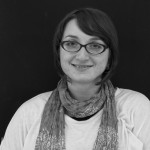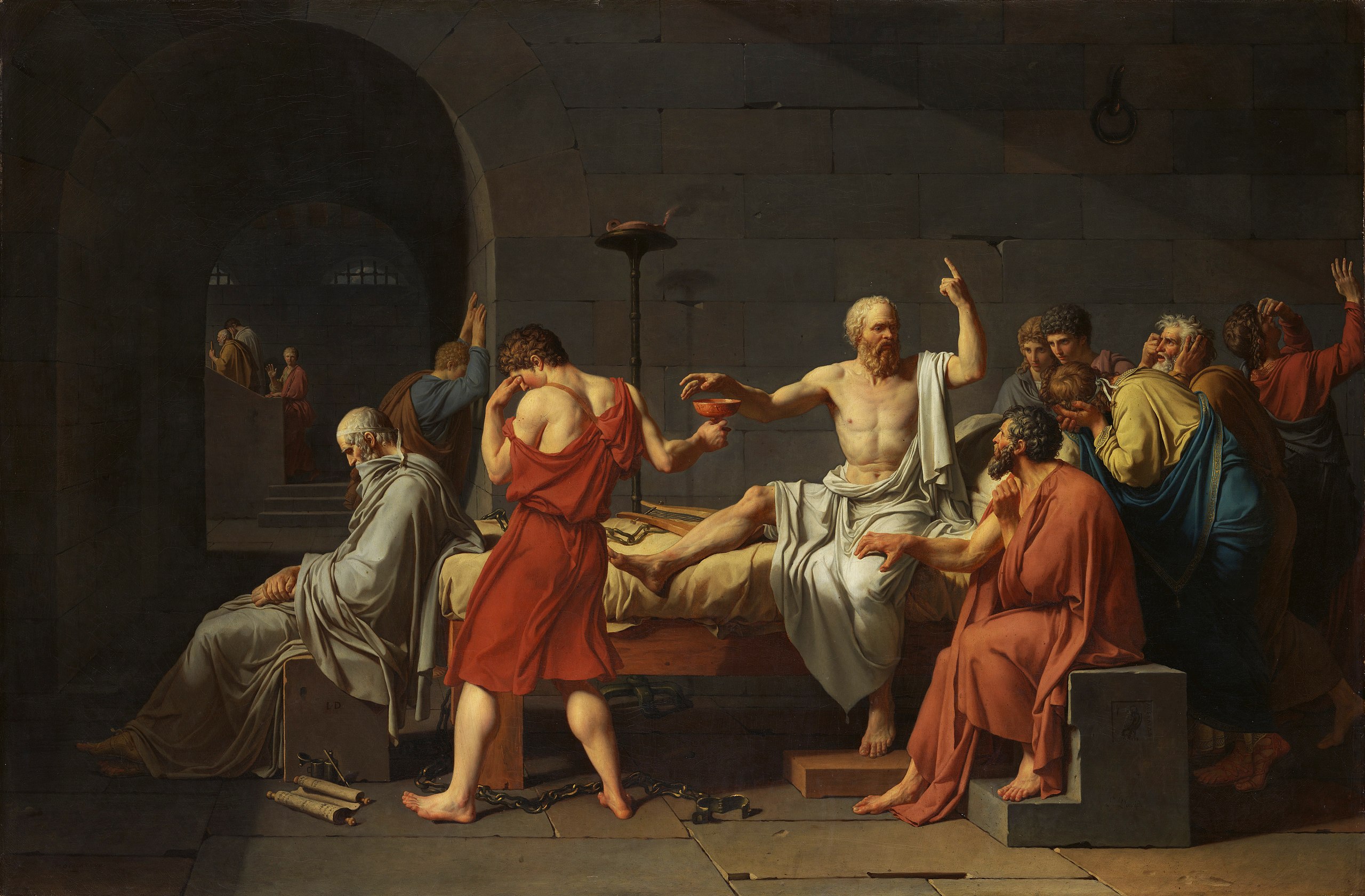Victoria talks about the dangers of mammograms and the alternatives.
By: Victoria Barmak
-Staff Writer-
These days, pink breast cancer awareness ribbons are everywhere. They are easily spotted on anything from socks to tape dispensers and jewelry to water bottles. These ribbons are meant to bring awareness to the cause; they are also a reminder for women to perform their monthly breast self-exams and annual mammograms.
Meramec is following the trend the country is diligently working toward. Cancer Awareness Day was held on Sept. 26. It brought several outside vendors to our campus and was intended to educate students and faculty on cancer awareness and prevention.
One vendor was the Missouri Baptist Mammography van. According to their website they offer “state-of-the-art technology, which helps radiologists better detect subtle, yet significant, changes in breast tissue,” i.e., free mammograms.
While honorable, it could be deadly: ample evidence suggests the very thing meant to save women’s lives is directly connected to causing the disease.
In late 2009, the United States Preventive Services Task Force, an independent panel of experts in prevention and primary care appointed by the Department of Health and Human Services, caused uproar when it issued new guidelines that recommend against routine mammograms for women younger than 40 and self-exams for any age.
The independent panel concluded “these screening procedures have been causing too many false alarms and unneeded biopsies without substantially improving women’s odds of surviving the disease.”
On Sept. 7, ABC news reported on their website that women under 30 who have been exposed to diagnostic radiation, as well as having a family history of breast cancer and are carriers of BRCA1 or BRCA2 mutations (genes that can contribute to breast cancer) are 90 percent more likely to obtain breast cancer. According to the same study, a history of mammography before age 30 also raises the risk 43 percent in women who did not carry the mutated BRCA 1 or BRCA2 gene.
Dr. Joseph Mercola of http://mercola.com said mammograms use high-dose ionizing radiation, which can cause mutations linked to breast cancer. A woman can get as much radiation from one mammogram as from 1,000 chest X-rays. Mammography also compresses the breasts tightly, which can lead to a dangerous spread of cancerous cells should they exist.
Dr. Samuel Epstein, one of the world’s top cancer experts, has stated, “The premenopausal breast is highly sensitive to radiation, each rad exposure increasing breast cancer risk by about 1 percent, with a cumulative 10 percent increased risk for each breast over a decade’s screening.”
In 2010, the “New England Journal of Medicine” published a study to examine the effectiveness of mammograms. According to Dr. Mercola, the findings are not what most public health officials want us to believe.
The bottom line is that mammograms seem to have reduced cancer death rates by only 0.4 deaths per 1,000 women — an amount so small it may as well be zero.
The questions then arise: do alternatives exist? And if they do, what are they?
Yes, they do exist: Thermography and sonography.
In order to understand the former, it is important to note that inflammation in the body is a precursor to many health issues including heart disease, stroke, diabetes, and cancer.
Thermography is one of the newer diagnostic devices designed to measure inflammation. Since inflammation radiates heat, it is easy to spot abnormalities in the body. Additionally, our bodies’ heat patterns are symmetrical, which aides in detecting those “out of place” hot spots.
The second option is sonography, aka ultrasound. According to http://everydayhealth.com, this testing method uses extremely high-frequency sound waves to bounce off tissues in the breast and create a picture of what it looks like inside.
Ultrasound imaging is “real-time,” meaning that it can show exactly what is happening in the breast at that moment, capturing how and where blood is flowing. This is particularly important for women with dense breasts, which young women tend to have.
Considering the fact mammograms miss up to 25 percent of breast cancer in dense breasts, an ultrasound may be the first test to consider.
What all this means is we need to learn about all the options available to us and make educated choices; read pertinent literature and stay on top of new findings, especially if breast cancer runs in our families. We must do our due diligence and, as sadly as it sounds, we must not blindly trust our doctors.











